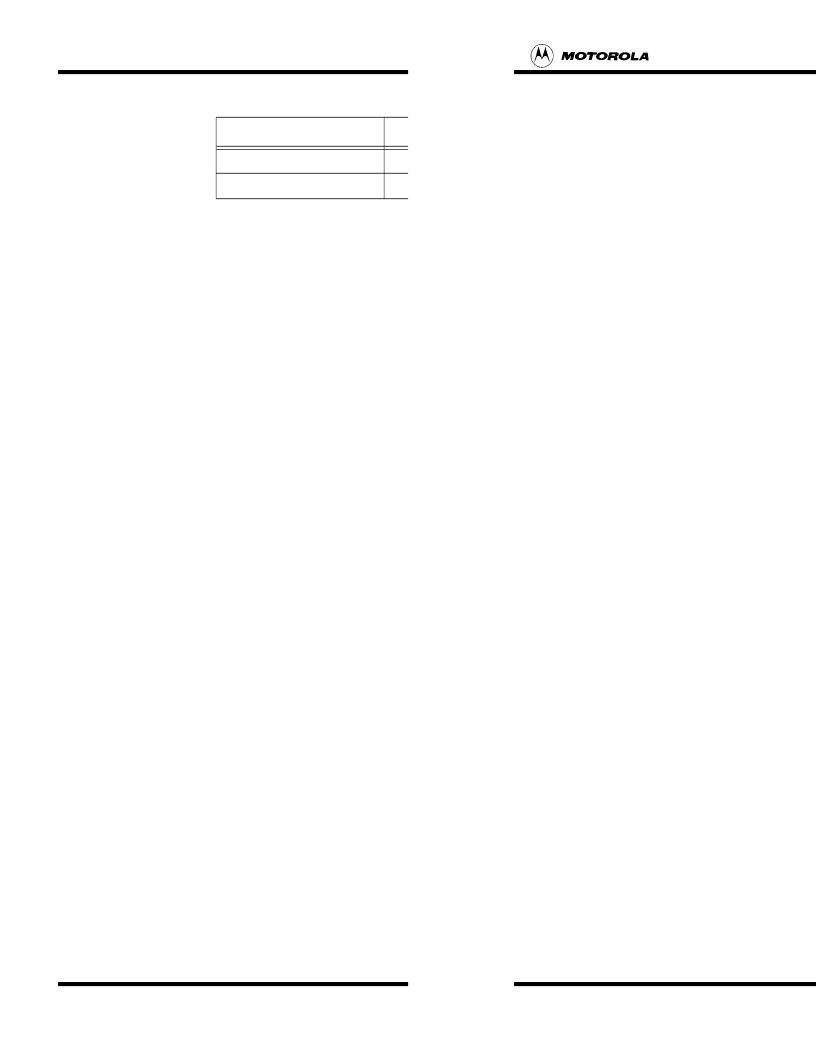- 您現(xiàn)在的位置:買賣IC網(wǎng) > PDF目錄368103 > PPSMMANUAL PPSMMANUAL PDF資料下載
參數(shù)資料
| 型號: | PPSMMANUAL |
| 英文描述: | PPSMMANUAL |
| 中文描述: | PPSMMANUAL |
| 文件頁數(shù): | 47/187頁 |
| 文件大小: | 1616K |
| 代理商: | PPSMMANUAL |
第1頁第2頁第3頁第4頁第5頁第6頁第7頁第8頁第9頁第10頁第11頁第12頁第13頁第14頁第15頁第16頁第17頁第18頁第19頁第20頁第21頁第22頁第23頁第24頁第25頁第26頁第27頁第28頁第29頁第30頁第31頁第32頁第33頁第34頁第35頁第36頁第37頁第38頁第39頁第40頁第41頁第42頁第43頁第44頁第45頁第46頁當(dāng)前第47頁第48頁第49頁第50頁第51頁第52頁第53頁第54頁第55頁第56頁第57頁第58頁第59頁第60頁第61頁第62頁第63頁第64頁第65頁第66頁第67頁第68頁第69頁第70頁第71頁第72頁第73頁第74頁第75頁第76頁第77頁第78頁第79頁第80頁第81頁第82頁第83頁第84頁第85頁第86頁第87頁第88頁第89頁第90頁第91頁第92頁第93頁第94頁第95頁第96頁第97頁第98頁第99頁第100頁第101頁第102頁第103頁第104頁第105頁第106頁第107頁第108頁第109頁第110頁第111頁第112頁第113頁第114頁第115頁第116頁第117頁第118頁第119頁第120頁第121頁第122頁第123頁第124頁第125頁第126頁第127頁第128頁第129頁第130頁第131頁第132頁第133頁第134頁第135頁第136頁第137頁第138頁第139頁第140頁第141頁第142頁第143頁第144頁第145頁第146頁第147頁第148頁第149頁第150頁第151頁第152頁第153頁第154頁第155頁第156頁第157頁第158頁第159頁第160頁第161頁第162頁第163頁第164頁第165頁第166頁第167頁第168頁第169頁第170頁第171頁第172頁第173頁第174頁第175頁第176頁第177頁第178頁第179頁第180頁第181頁第182頁第183頁第184頁第185頁第186頁第187頁

7-2
UsinDatabase Management
Programmer’s Manual
7.1.2
Unformatted Data
Unformatted data is data that has to be accessed as one complete block. There is
only one unformatted data field allowed per record. The unformatted data can be
one of the following eight types defined as follows:
type 0 text (ASCII code record)
type 1 decompressed PPSM LCD bitmap
type 2 compressed PPSM LCD bitmap
type 3 mixed text and graphics
type 4 reserved
type 5 text followed by decompressed PPSM LCD bitmap
type 6 text followed by compressed PPSM LCD bitmap
type 7 text followed by mixed text and graphics
PPSM will keep track of the size of the unformatted data field of a record in the
record information field.
7.2
The Database Manipulation Tools
PPSM provides a set of tools to operate on databases and records. Conceptually,
they can be grouped together in the following way:
1)
Operate at the database level:
Add or delete a database.
Inquire the total number of database present in the current
environment.
Set or clear the database secret flag.
Interrogate the database secret flag.
Operate at the individual record level:
Add or delete a record.
Add a blank record to the top of the record list.
Append a blank record after a specified record in the record list.
Write or read formatted data of a record.
Write or read unformatted data of a record.
Get the ID of the first record in the list.
Get the ID of the previous or next record in the list.
Search for a record using a formatted data field as a key.
Set or clear the record secret flag.
Interrogate the record secret flag.
Inquire the total number of record present in a particular
2)
DB_COMPANY
Company
60
1,2,3,4,5
5 additional fields
60
Table 7-1 Predefined field format used in the PDA environment
Field Index
Field Name
Max. Field Size
Personal Portable System Manager
Programmer’s Manual
6-37
PPSM_CURSOR_REVERSED.
Example 6-34 When the hardware cursor status is needed:
U16 status;
/* get the hardware cursor status */
CursorGetStatus(&status);
6.31.5
Set Hardware Cursor Blinking Frequency
STATUS
CursorSetBlink
This routine will set the hardware cursor blinking frequency to “frequency” number
of blinks per 10 seconds.
6.31.6
Turn Hardware Cursor Off
STATUS
CursorOff
(void)
This routine will turn off the hardware cursor permanently. In order to turn on the
hardware cursor again, the application has to set the characteristics of the cursor
and follows by calling CursorSetStatus(PPSM_CURSOR_ON).
6.32
Display Other Region of Panning Screen
STATUS
CursorSetOrigin
)
STATUS
LCDScreenMove
)
These two routines together will move the LCD display origin to (x, y) so that
different regions of the panning screen can be displayed instantaneously. These
two routines must be used together. In PPSM V3.11, these 2 routines are
replaced by DisplayMove().
Example 6-35 Display other region of panning screen
U16 x=50, y=50;
/* set the LCD display screen origin to be (50, 50) on panning screen */
CursorSetOrigin(x, y);
/* change the hardware register to display the rectangular on panning screen with
top left corner at (50, 50) */
LCDScreenMove(x, y);
The LCD Display screen will now display the rectangular region of the panning
screen with top left corner at (50, 50).
Get LCD Display Origin on Panning Screen
STATUS
CursorGetOrigin
)
This routine will return the current LCD display screen origin relative to the
F
Freescale Semiconductor, Inc.
For More Information On This Product,
Go to: www.freescale.com
n
.
相關(guān)PDF資料 |
PDF描述 |
|---|---|
| PPT005-1G-WW-2V-FE | DRUCKWANDLER |
| PPT020-1A-WF-2V-FE | DRUCKWANDLER |
| PPT100-1A-WN-2V-FE | DRUCKWANDLER |
| PPT100-1G-WN-2V-FE | DRUCKWANDLER |
| PPT500-1G-WN-2V-FE | DRUCKWANDLER |
相關(guān)代理商/技術(shù)參數(shù) |
參數(shù)描述 |
|---|---|
| PPSN815 | 制造商:Pyle 功能描述:10 ft Eight Channel RCA Phono Snake Cable |
| PPST2 | 制造商:Amphenol Audio 功能描述: |
| PP-ST-50MM | 制造商:Black Box Corporation 功能描述:PRE-POLISHED ST CON 50 MIC MM BLACK 12PAK |
| PP-ST-SM | 制造商:Black Box Corporation 功能描述:PRE-POLISHED ST CON SM BLUE 12PAK |
| PPST-SP | 制造商:Duratool 功能描述:Self Tapping Screw Kit-Panhead (Size 6-10) |
發(fā)布緊急采購,3分鐘左右您將得到回復(fù)。